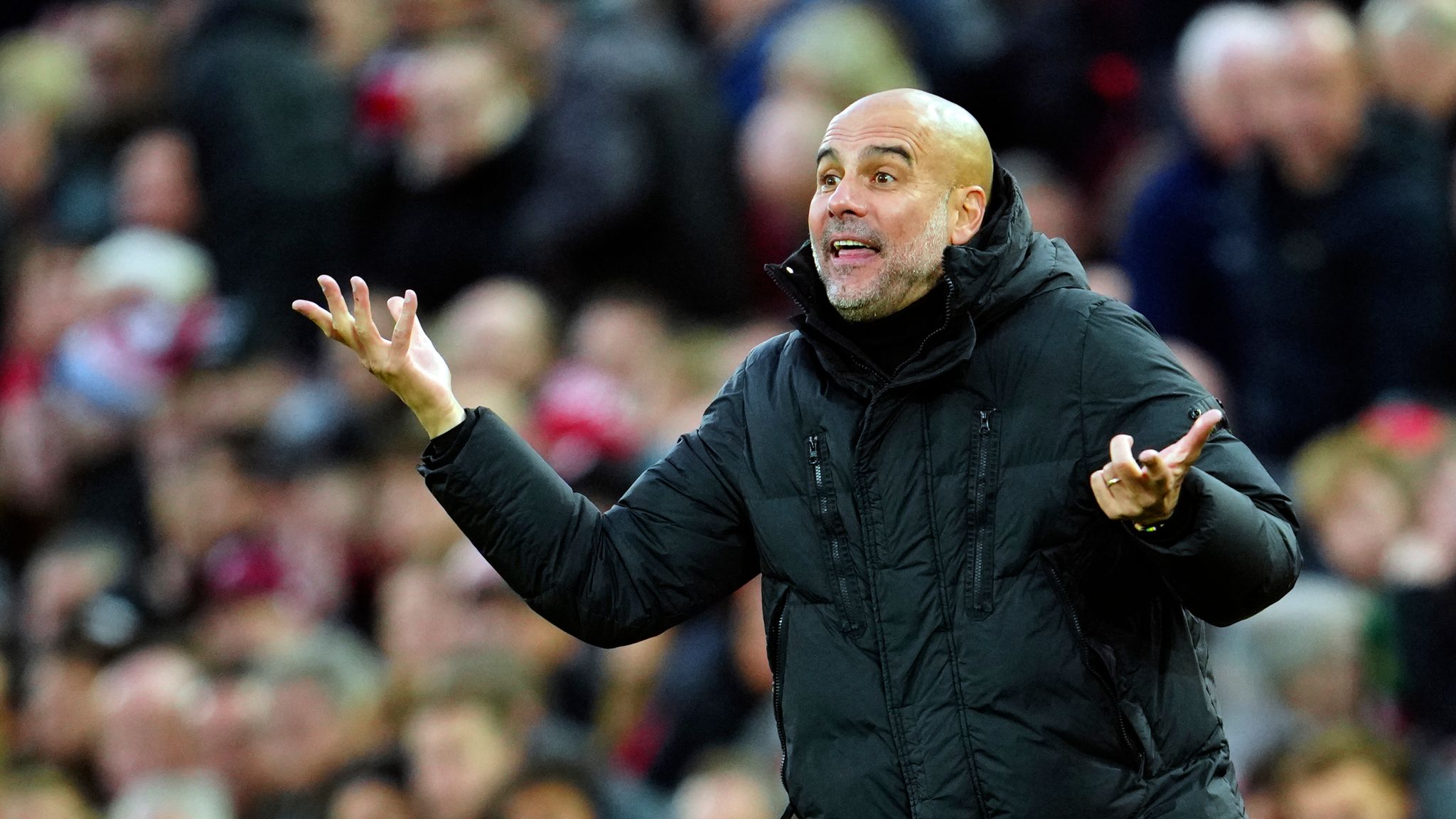 |
| Odunayo Adeniji |
odunjoy.adeniji@gmail.com
Over time, debt has been treated like a necessity. It is entrenched in so many cultures and societies around the world. Corporate organizations and individuals alike are not spared from living beyond their means at one point in time or the other.
It is common to say that you cannot give what you do not have. However, when it comes to money, you can actually give what you do not have through debt! You obviously cannot spend what you do not have, except you borrow. So, when your expenses exceed your weekly or monthly income, it is a sure proof that you are living in debt.
What is Debt?
Debt can be described as money or assets that are owed by one party to another. A borrower approaches the lender to obtain a certain amount of money now, which will be repaid usually with an interest at a future date. This type of arrangement affords the borrower, whether an individual, a family unit or an organization, to meet expenditures now that could have been deferred until a later date, when they may be able to pay cash for such.
Personal Debt
Personal debt, also known as consumer debt, is any financial obligation that is owed by a person or a family unit, as opposed to those owed by a business entity or government.
Personal Debt Types
Personal debt is basically of two (2) types; secured debt or unsecured debt.
Secured Debt
These are formally arranged interest-bearing loans with clearly specified terms of repayment, available to a borrower. This type of loan is usually tied to an asset (e.g. car or other real estate) owned by the borrower or his guarantor for collateral. Here, the lender’s (also known as the creditor) exposure to the risks accompanying repayment default by the borrower is minimized. If the borrower fails to abide by the terms of the loan, the lender has the option to repossess and sell the collateral tied to the loan.
Unsecured Debt
Any debt given to a borrower without a collateral or guarantor is unsecured. This type of debt may be formal or informal. Formal unsecured loans usually bear higher risks for the creditor as they are not tied to any form of collateral or guarantor. That is why they are often issued with high interest rates, e.g. credit cards. The lender basically relies on the borrower’s credit worthiness when issuing the loan.
Informal loans (also unsecured) can be obtained from family, friends or colleagues at work. These loans are usually interest free. With these loan arrangements, the borrower may not keep to the terms of the loan repayment. The lender here is at a high risk of loss should the borrower fail to meet the repayment terms, or even file for bankruptcy. Worse still for the creditor, litigation to enforce loan repayment is uncommon with informal loans; the lender finds it hard charging a friend or relative to court for default in loan repayment.
Downside to Personal Debt
Being able to buy items you cannot afford to pay for at the moment with your income or savings through debt can be a life-saver. However, borrowing without caution may drown one into the ocean of debt due to the unpredictability of future occurrences with accuracy.
For instance, the outbreak of COVID 19 pandemic has led many companies to downsize, leading to huge job losses. Consumer debts that were once manageable may have become a quandary for borrowers without any other source of income. Also, a sudden health crisis may plunge a debtor even deeper into debt. Therefore, it is important that debt related issues be taken with all seriousness. Improper handling of debt could lead to damaging consequences on your work, finances, health, and relationships.
Having a huge pile of debt due to poor management will ultimately impose debilitating effects on the debtor. This may even trigger life threatening diseases. Worry, stress, sleeplessness, panic, constant headaches or migraines, couple disagreements, family separation, and even divorce are signs that follow those who owe huge debts and have no clear-cut sources of paying them off. Some even contemplate committing suicide for this cause.
With economies world over grappling with the COVID 19 pandemic, the reality of debt repayment default is getting clearer. Companies are filing for bankruptcy, loads of loans given by lending organizations are going bad as there are no clear signals of recouping them from debtors. Households are not left out; pushing down monies owed are getting tougher by the day.
The future may even be gloomy for a debtor. How easy is it for one with creditors on his trail to think of setting funds aside to cater for him at old age when his agility to run around is reduced? Planning for retirement is tough for a debtor. High amounts of personal debt not well managed may lead to bankruptcy. This can make it more difficult to get a loan in the future.
Deflating Debt
An African proverb says, “One who owes debt should not live the life of a fashionista”. Some have formed the habit of buying now and worrying later, increasing their debt burden. It is better to clear off what you owe first. Good news is, flattening personal debt is achievable.
Make a list of all you owe and categorize them based on their order of priority. Then, deliberately start to pay off these debts, beginning with the high priority ones.
High Priority Debts are those with extremely serious consequences for repayment default. This may include the following:
- Rent – rent default may lead to eviction from home.
- Car loan – creditor may repossess and sell your car for repeated repayment default.
- Utilities – these essential services (such as electricity, water, and waste disposal) may be withdrawn by the service provider for non-payment as at when due.
- Court fines, fees and other costs against the debtor on criminal matters. Payment default may lead to incarceration, loss of assets or income.
Low Priority Debts usually include loans from relatives and friends.
Debt-to-Income Ratio
When tackling personal debt, it is important that you know your debt-to-income ratio (DTI). This simply identifies the percentage of your gross income that is used to pay down existing loan obligations. You may derive your DTI by summing up all you owe in debts and dividing it by your total income.
A 36% or lesser DTI is generally approved as a good indicator, implying that you have a hang over your loan repayments on a monthly basis. That is why at all cost, it is best to live within your means per time. Cut your cloth according to the fabric available to you. Godliness with contentment is a great gain to those who live by this life principle.
Debt Avoidance Measures
Being in debt is like an attitude that can be changed. While a very low percentage of people around the world live debt-free lives, having a surplus budget should be the goal of individuals. The following few tips can help keep you financially afloat.
- Debt can be totally avoided or reduced to the barest minimum by staying within your spending limits. This is made possible by drawing up a budget and sticking with it.
- Avoid impulse buying. Never go out shopping with cash you do not intend to spend.
- Only borrow from a lender that offers credit with a low interest rate if you must borrow. Also, never take on debt that you cannot repay when due.
- Pay up your utility bills promptly to keep any form of pressure from creditors away.
- Do not take on new debt. Use a debit card instead of a credit card to avoid temptations to buy now and worry later. It is safer to pay cash for your purchases.
- Avoid comparing yourself with the Joneses. Social media news feed diet may be helpful here.
- Increase your income sources. Turn a talent or hobby to a money-making venture.
Staying Debt-Free Pays
Being debt-free allows you access to more of your income. Excess of income over expenses can be directed to savings, investment, emergency fund, or retirement account.
In conclusion, “live within your means, never be in debt, and by husbanding your money, you can always lay it out well” – Andrew Jackson.


















